Purple Prose:
characterization
Books You Can’t Stop Thinking About: Part One

One, Two, Three to Analyzing Great Stories
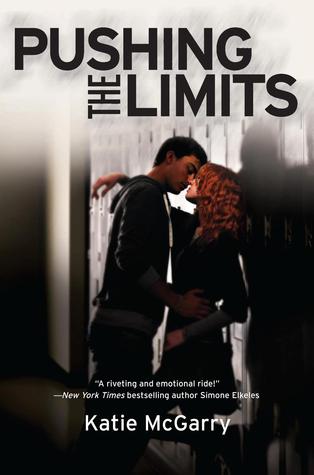
Emotion Behind Story: Part One

Your Characters’ Humor
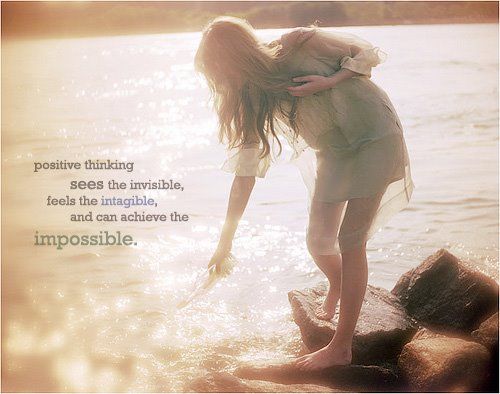
Through the Eyes of the Beholder
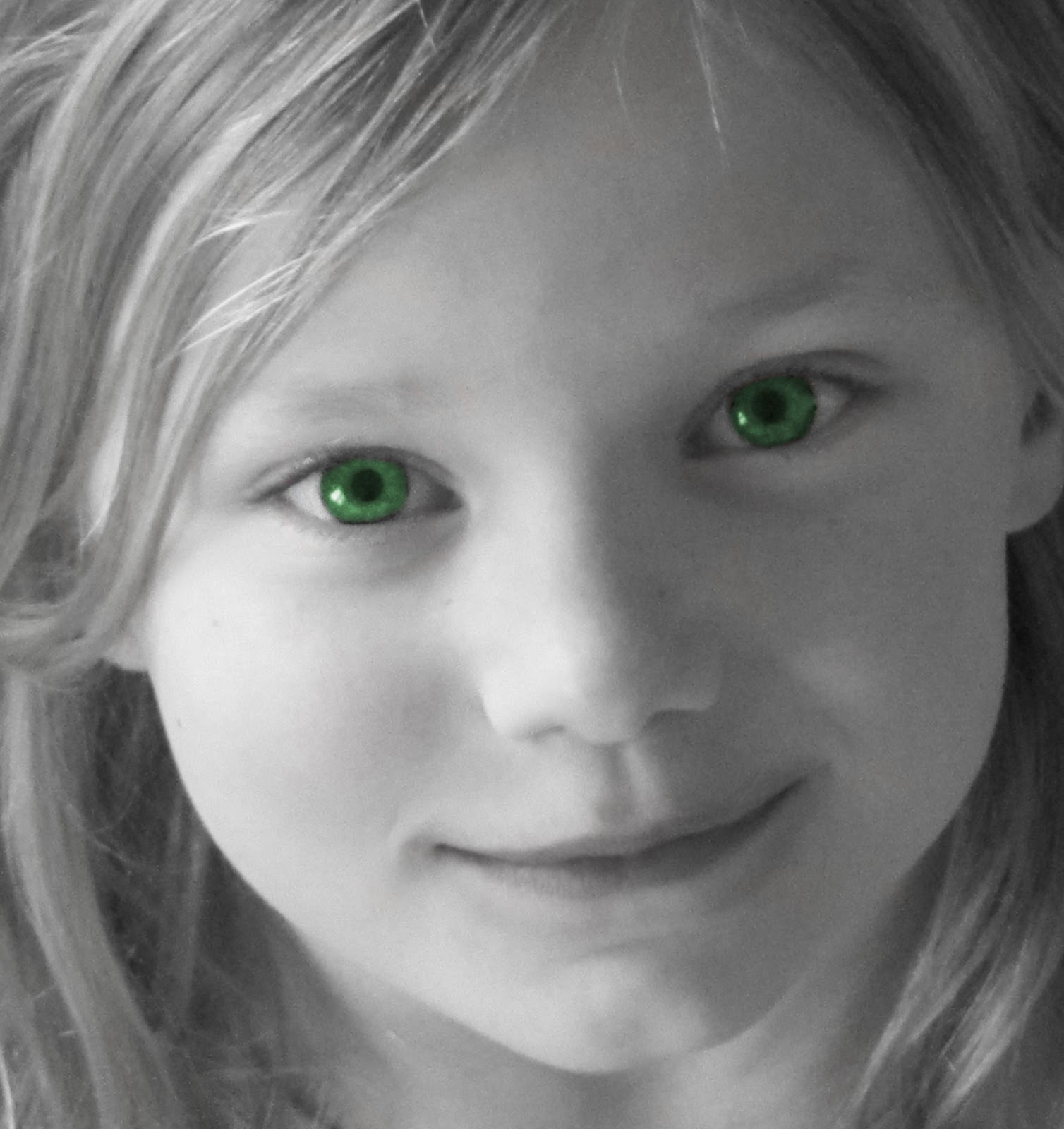
Character Connection
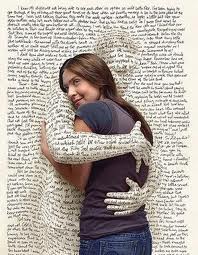
Understanding Human Nature

On the Dark Side: Adding Dimension

Expanding Beyond Your Genre (and meet Brad Pitt)

The Twelve Days of Christmas for Writers: Day Four

Adding Dimension

Tip # 97: Color Your World

No Character Love

Guest Post: Say 'No' to Flat Characters

The Emotional Structure of Tangled: Part Two

Keep On Digging
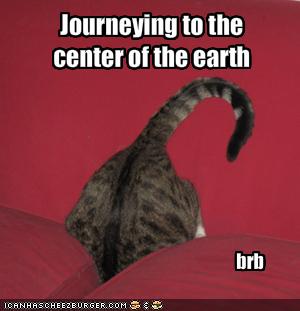
Realizing Your Characters’ Fears

Creating the Non-Stereotypical Character

The Twenty-Minute Workout (for your MS)

Tip # 96: Capture the Rare Moment
